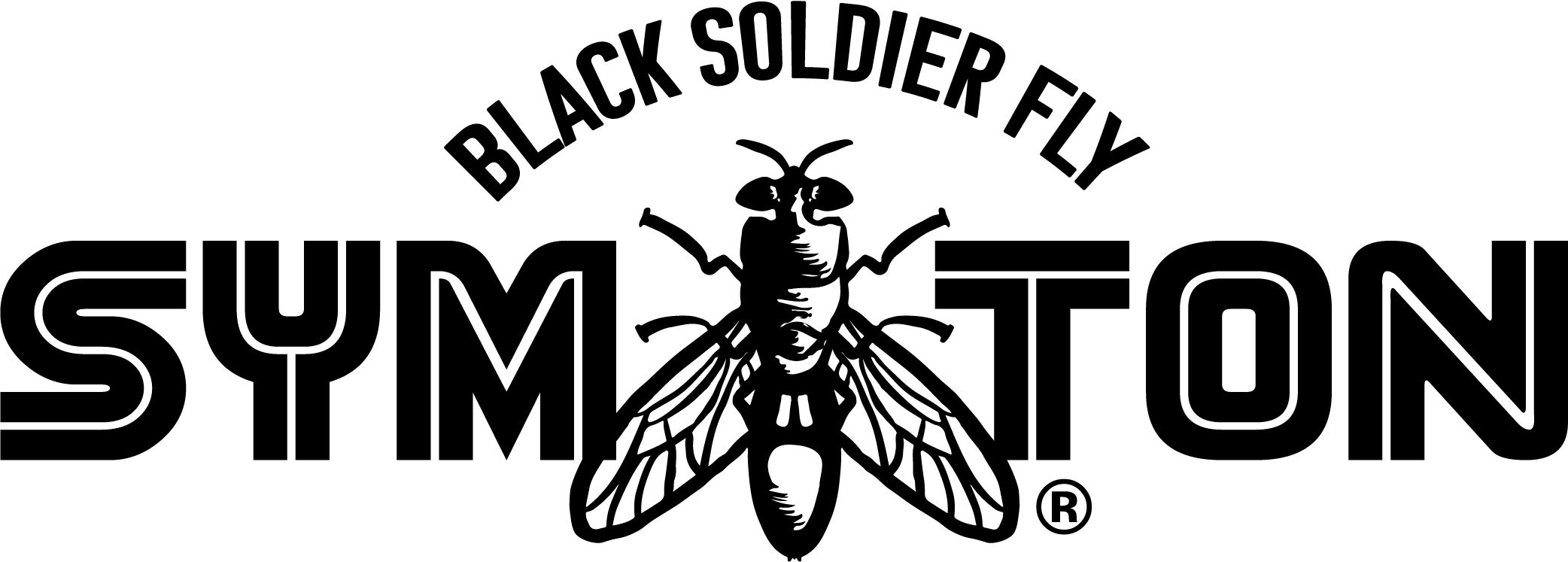All arrived alive and ready. Unfortunately the cold snap killed them.
This was my first time ordering silkworms for my beardie. They arrived in good condition, were of a decent size, and Azazel loves them.
Very helpful to sift the larva substrate out and leave just the larvae. But keep an eye on the larvae in the sifter if you just take them out one by one like I did. The sneaky little bugs take any chance to escape and somehow wriggle through the tiny holes!
I love this Symton enclosure. Super easy to put together shipping was fast. I have “similar” type cages in 50 and 120 gallon. This 68 gallon actually was EXACTLY what I was looking for to house my Kenyan Zebra Skink colony. The screen is extremely sturdy here’s 2 of our cats on top of it.
Very good quality for the best price. My dragon loves them.


